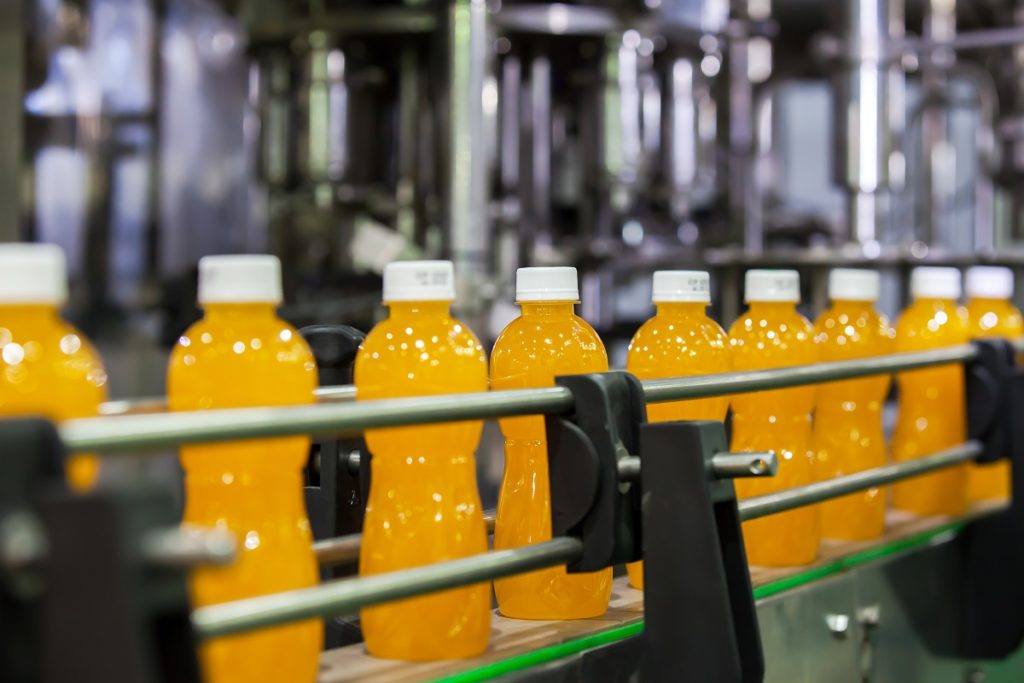Bigger machines mean bigger bucks. However, it’s only ever going to be worth your investment if you check all the boxes when it comes to maintenance. When it comes to large-scale production, the stakes are so much higher! From the day you start looking for mass production machines up until you decide to replace them, longevity is something you look for and something you strive to maintain. Here are essential maintenance practices for making sure your long-term investments last long-term.
Proper coating of materials
An important step to be taken to secure longevity is done on the very first day of acquisition or even before it is bought. Different materials need to be coated with different things, and this applies to metals, cables, and storage devices. An example of this being done before the purchase is choosing between different types of wires.
When selecting the thickness and material of the wiring, it’s essential to take note of the heat capacity and malleability of the material and ensure that it suits the nature of production. An example of this being done after the purchase is for coating storage materials. A case of this is painting an industrial tank with paint that can either resist oxidation, help maintain internal temperature, or just prevent sunlight from reaching whatever is stored inside.
Calibration of instruments
The very functionality of the device depends on how it’s calibrated. Most manufacturing materials come at specific time intervals when they have to be calibrated by specialists. Calibration assures that your factory machinery is working as it is supposed to, which is especially vital because dysfunction would mean a loss in production value. In large batches, especially, the value decreases by so much more.

Routine inspection
On top of regularly scheduled calibration, inspection should be done at least quarterly as well. Usually, calibration schedules are multiple years apart. Ideally, routine inspection is done either daily or weekly to preempt possible malfunctions. Routine inspection fills in the gaps between calibration schedules. If you rely solely on calibration schedules, there’s no way to be able to tell if it’s on the verge of needing repair. By the time it breaks down, it’ll be too late for calibration to be enough to fix it, and repairs will cost much more. As an effect, you lose more money than if you’ve just better monitored it in the first place.
Sufficient training
While this might not necessarily be under “maintenance” practices, adequate preparation is essential, especially for specialized instruments. Your best bet in not needing to spend much more money is assuring that anyone handling your equipment knows how to use them by the book. This way, malfunctions are less likely to happen due to human error. So if you’ve sourced your machines right, there are a few things that could go wrong.
All in all, the way we handle machines is, quite literally, vital to its performance. In every step of the way, from acquisition to calibration to replacement, there are ways to fill in all the gaps in monitoring and assuring that these machines last for as long as they can.


